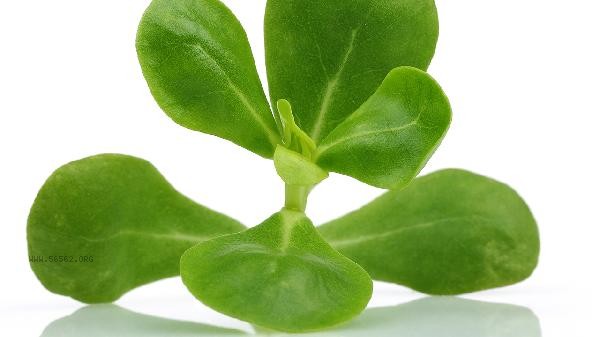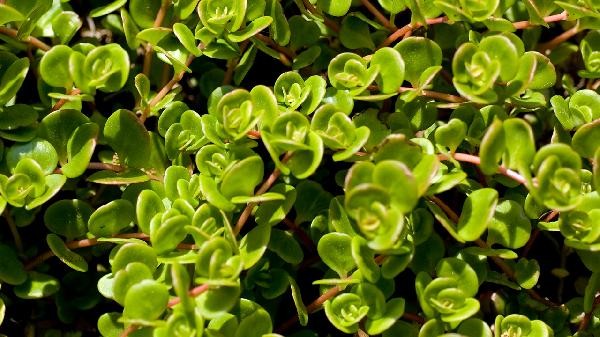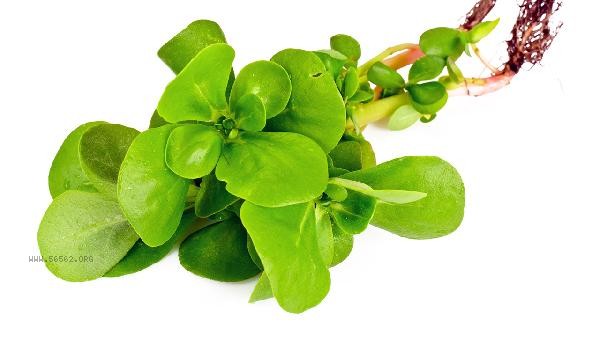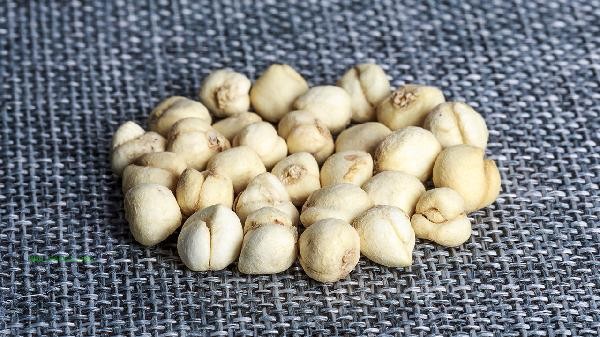Purslane is a nutritious wild vegetable that contains various vitamins, minerals, and active ingredients, and has high edible and medicinal value. The nutritional components of purslane mainly include vitamin A, vitamin C, vitamin E, potassium, magnesium, dietary fiber, Omega-3 fatty acids, etc.

1. High Vitamin Content
Purslane is rich in various vitamins, among which vitamin A has a high content, which helps maintain visual health. Vitamin C has antioxidant properties and can enhance immunity. Vitamin E can protect cell membranes and delay aging. These vitamins work together and are highly beneficial to human health.
2. Rich in minerals
Purslane contains abundant minerals such as potassium and magnesium. Potassium can regulate electrolyte balance in the body and help control blood pressure. Magnesium participates in various enzymatic reactions and plays an important role in the nervous system and muscle function. These minerals have a positive impact on preventing cardiovascular disease.
3. Adequate dietary fiber
Purslane contains a large amount of dietary fiber, which can promote intestinal peristalsis and improve digestive function. Dietary fiber can also increase satiety and help control weight. At the same time, it can regulate the gut microbiota and maintain intestinal health.

4. Omega-3 fatty acids
Purslane is one of the few plants that contains Omega-3 fatty acids. This unsaturated fatty acid is very important for brain development and cardiovascular health. Moderate consumption of purslane can supplement plant-based Omega-3, which is particularly beneficial for vegetarians.
5. Diverse active ingredients
Purslane contains various bioactive substances, such as flavonoids, polysaccharides, etc. These ingredients have antioxidant, anti-inflammatory and other effects. Traditional Chinese medicine believes that purslane has the effects of clearing heat and detoxifying, cooling blood and stopping bleeding, and modern research has also confirmed its medicinal value.

Purslane can be cold mixed, stir fried, or made into soup, but be careful to clean it thoroughly. People with spleen and stomach deficiency and cold should not eat too much. It is recommended to choose purslane with a clean growing environment to avoid pollution. When consumed, it can be paired with other vegetables for a more balanced nutrition. Fresh purslane can be stored in cold storage for a short period of time, or dried and stored for a long time. Moderate consumption of purslane can add nutrients to daily diet, but it should not be excessive.








Comments (0)
Leave a Comment
No comments yet
Be the first to share your thoughts!